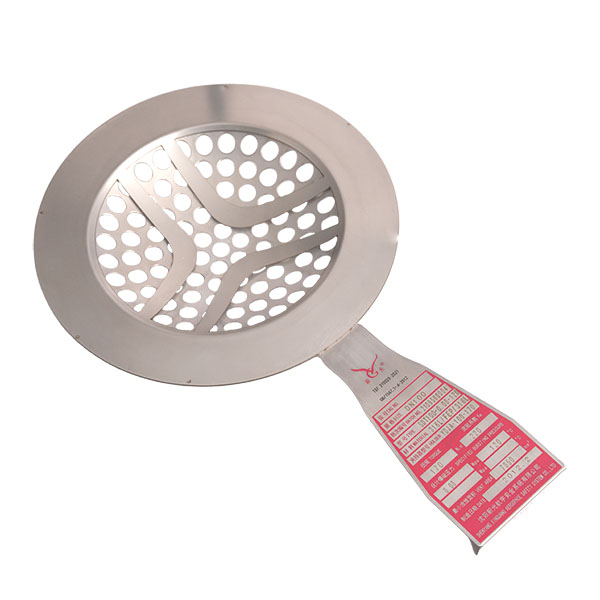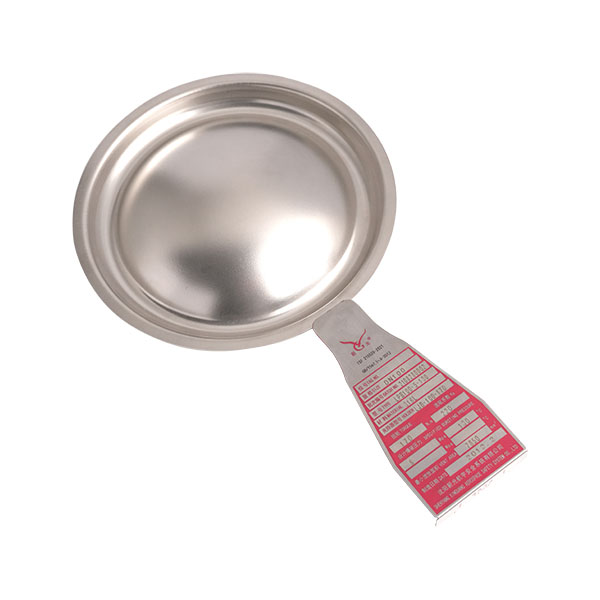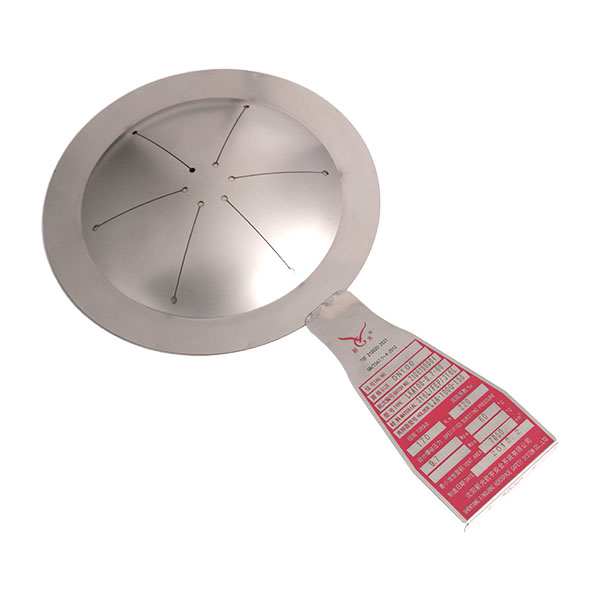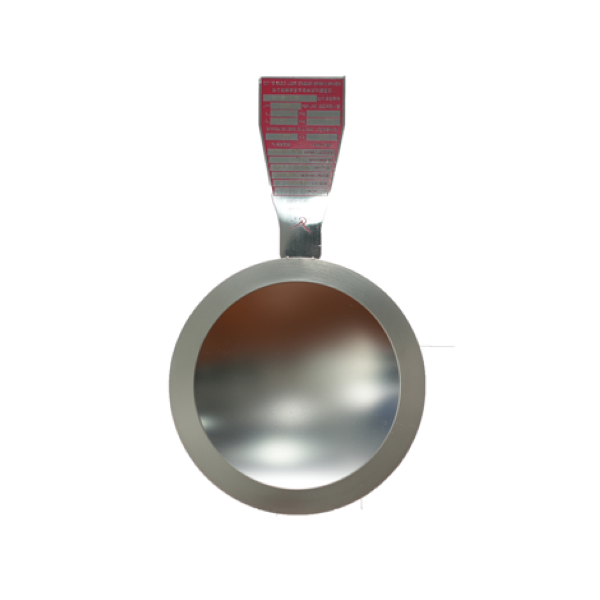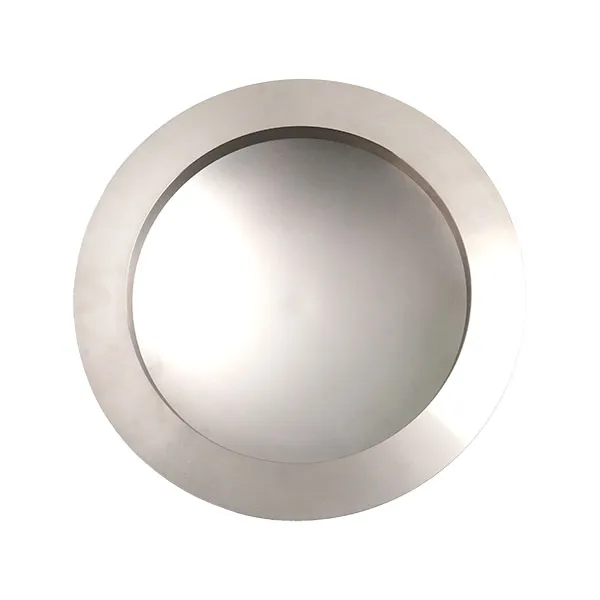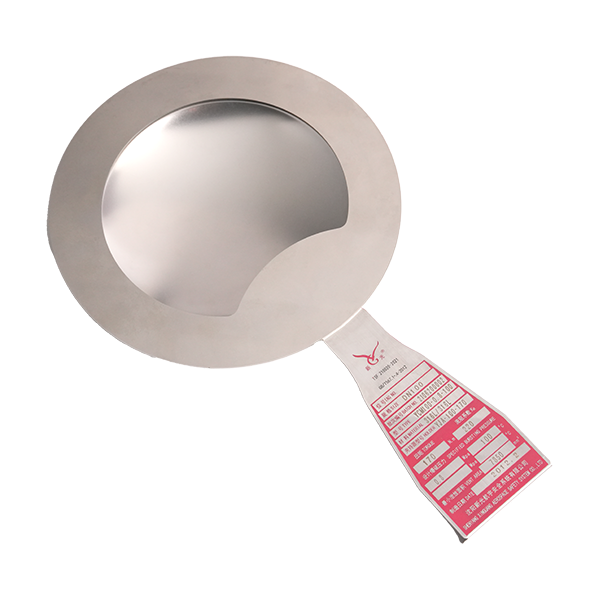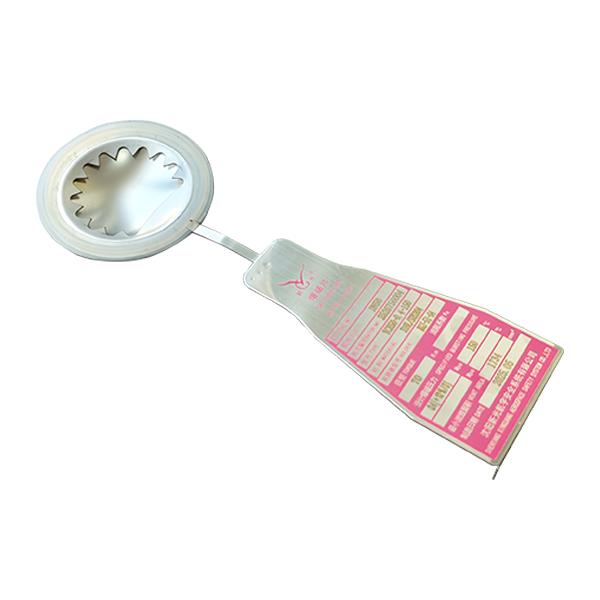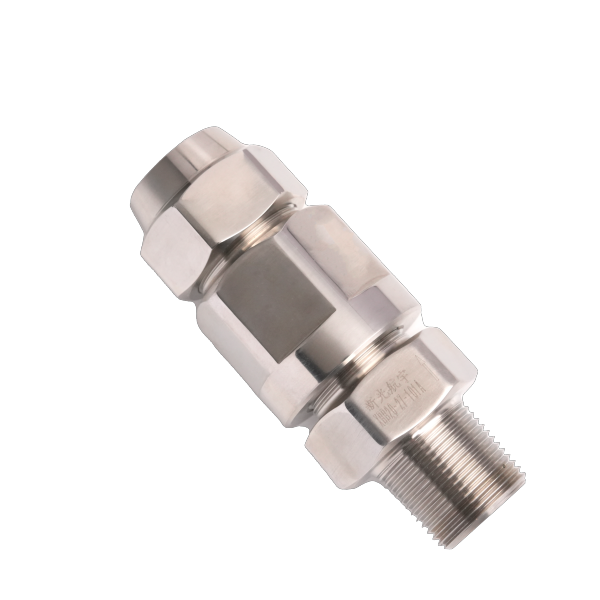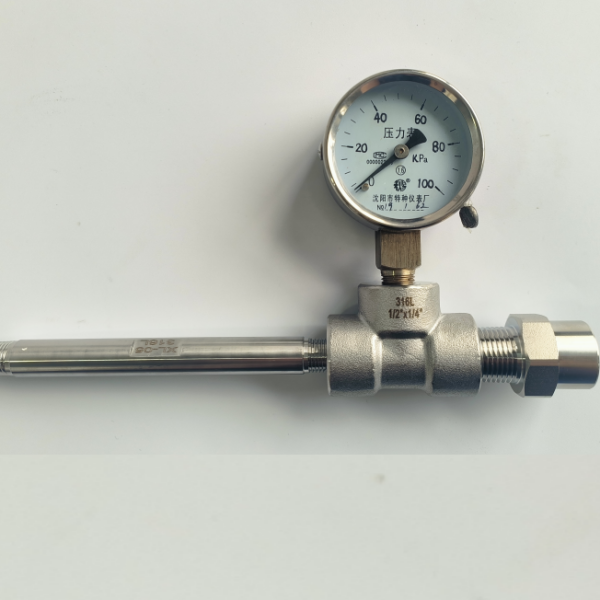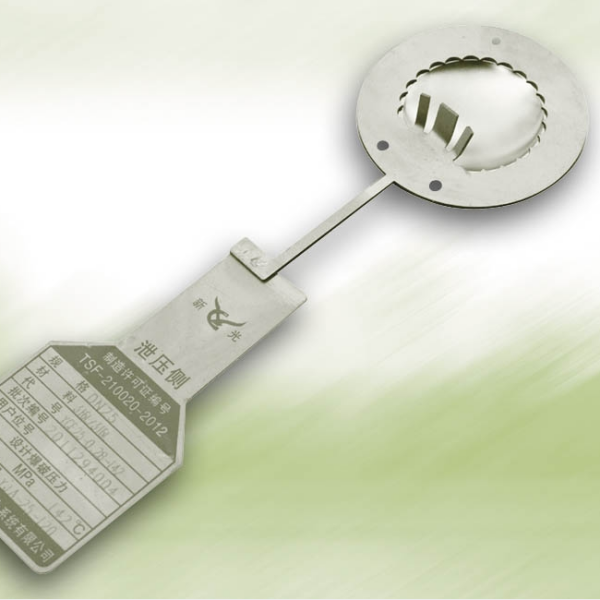Burst discs can burst and release pressure at specified temperature and pressure.
The bursting disc device consists of a bursting disc and a clamp. The bursting disc is a component that bursts and releases pressure at the calibrated bursting pressure and temperature, and the clamp is an auxiliary component that is installed and clamped at the appropriate part of the container.
The bursting disc safety device has the advantages of simple structure, sensitivity, accuracy, no leakage, and strong release capacity. It can work reliably in viscous, high temperature, low temperature, and corrosive environments, and is also an ideal safety device for ultra-high pressure containers.
Burst discs are important safety devices to prevent overpressure damage to pressure equipment. They are widely used in chemical, petroleum, light industry, metallurgy, dust removal, fire protection and other industrial sectors.
Working principle of bursting discs:
The bursting disc device is a pressure relief device that cannot be closed repeatedly. It is activated by the static pressure at the inlet and releases pressure by rupturing the pressurized diaphragm.
Simply put, it is a one-time pressure relief device. When the pressure difference on both sides of the bursting disc reaches a predetermined value at the set bursting temperature, the bursting disc will act (break or fall off) and release the fluid.
Applicable places for bursting discs:
1. The working medium in the pressure vessel or pipeline is viscous or easy to crystallize or polymerize, which is easy to stick to the valve disc and the base of the safety valve or block the safety valve;
2. The chemical reaction of the material in the pressure vessel may cause the pressure in the container to rise sharply instantly, and the safety valve cannot be opened in time to release the pressure;
3. The working medium in the pressure vessel or pipeline is a highly toxic gas or an expensive gas, and the use of a safety valve may cause leakage, resulting in environmental pollution and waste;
4. The pressure vessel and the pressure pipeline require full discharge or full discharge without obstruction;
5. Other places that are not suitable for safety valves but suitable for bursting discs.
Classification of bursting discs:
1. Classification by type:
(1) Positive arch bursting disc: system pressure acts on the concave surface of the bursting disc;
(2) Reverse arch bursting disc: system pressure acts on the convex surface of the bursting disc;
(3) Flat type: system pressure acts on the flat surface of the bursting disc.
2. Classification by material:
(1) Metal: stainless steel, pure nickel, Hastelloy, monel, inconel, titanium, tantalum, zirconium, etc.;
(2) Non-metal: graphite, fluoroplastic, plexiglass;
(3) Metal composite non-metal.

